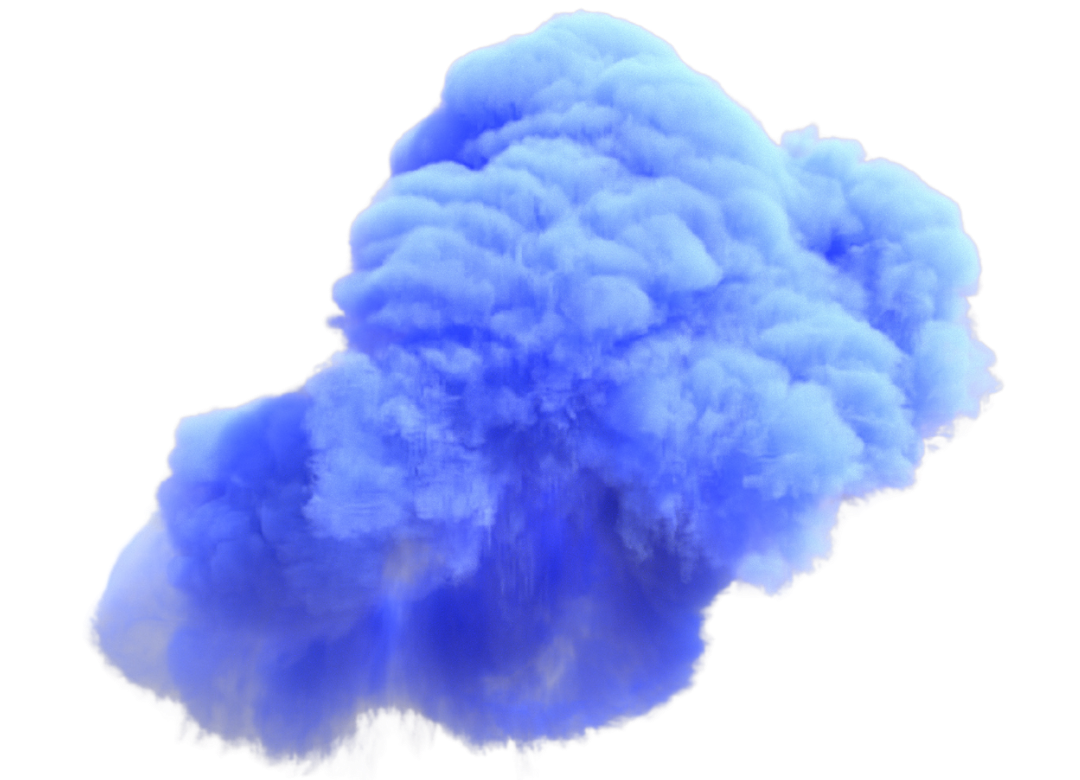YOU ARE HERE:@///cloud.cuckoo.land is an interactive and immersive exhibition concept for photography with specially composed soundscapes that focuses on the visitor's experience of art. It is [r]evolutionary and novel in the range of its many facets. An exhibition is scalable in size and geometry and can be designed from currently two theme and image worlds.
The starting point of an exhibition are photographs and/or videographies in sizes up to 4x6 metres, which, however, unlike usual in photo exhibitions, do not hang picture next to picture in the exhibition space. For the selected works, a course is currently being developed in cooperation with exhibition architects and designers, which will stage each work and present it in such a way that the viewer can immerse himself in the respective work without visual distraction. Together with curators, we will be able to make a selection from over 250 photographs/videographies from two groups of works and develop a dramaturgy that has the power to make the viewer come into contact with himself and his environment beyond the confrontation with the contents shown in the works.
Photographs from Berlin, Hamburg, Frankfurt, Munich, Florence, London, Madrid, Milan, Rome, Siena, Venice and other places under the influence of the Corona Shutdown, taken since March 2020.
# 2. mountains, grasslands and woods
Large-scale landscape photographs realised since January 2019 in Germany, England, France, Austria and Switzerland.
The decisive factor for the immersive experience and the impact on the viewer is that we are not only able to stream sounds, in 3d audio, interactively to the viewer's headphones in real time according to the viewer's location in the exhibition space and his or her line of vision - even more - we can also make the sound worlds physically perceptible for each viewer individually.
Thus, in addition to the visual and acoustic experience, the exhibition visitor receives a generally pleasant, sometimes touching, sometimes irritating tactile experience. The result is that the visitor not only experiences the experience as surprising and new, but it also triggers something in him that in many cases sharpens his focus once again on what he has seen or even sets it in motion. The latter is not conjecture, but the result of experiences we have had in our showroom/LAB in Pforzheim since September 2019, with a wide variety of groups of people.
(Different, for example, in terms of age, education, nationality, interest or previous training in relation to art or in the status of using digital technology or media).
Whereas we initially planned to observe the effect of our works on the viewer in our showroom/lab in order to draw conclusions and optimise the immersion and impact, we had to refrain from this after only a few encounters when we realised what intimate moments our works can trigger in the viewer. And - how diverse, surprising and individually different the reactions to them can be. What motivates us so immensely is that in the whole range of reactions and emotions recorded or expressed as feedback, one thing never came to the fore - indifference.
The degree of interaction by the visitor is scalable, as is the number of groups of works on display - # 1 and # 2 - both can stand on their own - but both can also be linked together by a connecting module, which we call the "space of discomfort "*, and thus enter into an exciting symbiosis. The achievable interactivity of the viewer can be described in its basic design as follows: Locating the visitor in the exhibition space to an accuracy of 10 cm, with simultaneous detection of his or her line of vision to a precision of 1 degree and corresponding parallel playback of the media on the headphones and the tactile output device.
Today, however, we are already technically able to define and scale the visitor's 3D audio experience in such a way that we can even make them to some extent the director of their own experience in the exhibition, granting them influence over what they hear and feel. To this end, we can define how a soundscape should be able to change in front of a work - what influence position and viewing direction, for example, have on volume, and/or acoustic or tactile effects - because we can freely define this sound track by sound track.
This is the reason why we label exhibitions with the term cloud.cuckoo.land LAB. Each exhibition is designed individually in a team with the organisers - an open, non-static process in which visitor experiences are incorporated and further research is carried out on an ongoing basis.
The visitor is not consciously aware of all the technical complexity and the high-tech used - because - after a short time, he moves quite naturally, almost meditatively, along a path that he almost perceives as organic, and not only forgets time and space, but if he lets himself in, he can perhaps even experience moments in which he experiences himself in the reflection of a work.
The interplay of visual, auditory and tactile content - beyond a traditionally rational and intellectual reception - offers a new, holistic, multi-sensory, tactile and experiential, barrier-free art experience. In addition, there is the opportunity to address not only art and photography enthusiasts, but also music fans, computer game enthusiasts and those with an affinity for technology, and to tap into new visitor groups in socially and economically challenging times.
*The exhibition module The Space of Discomfort addresses 7 social issues that we were confronted with as citizens and artists during the production process of YOU ARE HERE:@///cloud.cuckoo.land.
This website was created with great attention to detail. From Marketing-Brand.
